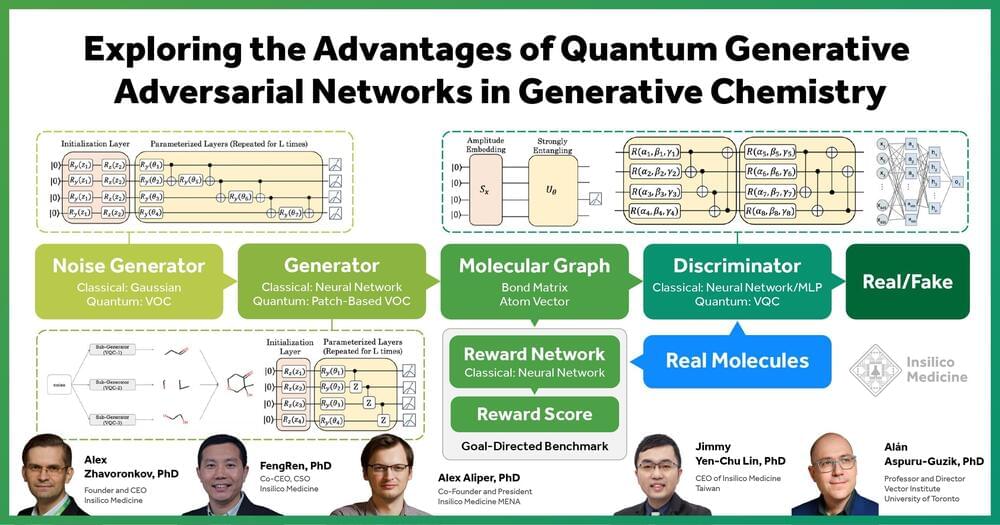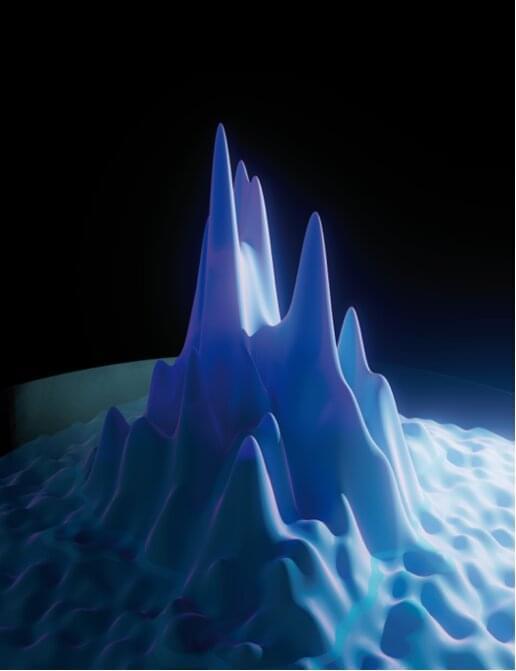Experts from CERN, DESY, IBM Quantum and others have published a white paper identifying activities in particle physics that could benefit from the application of quantum-computing technologies.
Last week, researchers published an important white paper identifying activities in particle physics where burgeoning quantum-computing technologies could be applied. The paper, authored by experts from CERN, DESY, IBM Quantum and over 30 other organizations, is now available as a preprint on arXiv.
With quantum-computing technologies rapidly improving, the paper sets out where they could be applied within particle physics in order to help tackle computing challenges related not only to the Large Hadron Collider’s ambitious upgrade program, but also to other colliders and low-energy experiments worldwide.








